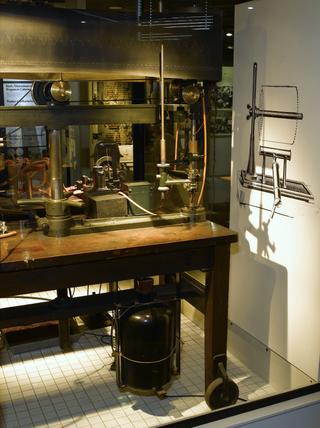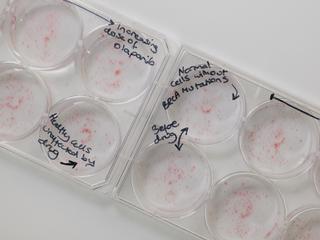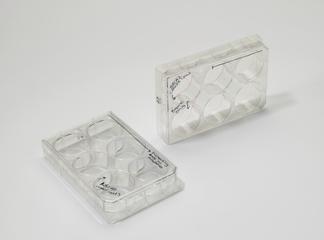




Lower-body negative pressure box, developed by Professor Greenfield in Northern Ireland for work with astronauts, 1960-1970
Originally designed by Professor Greenwood in Northern Ireland for research work with astronauts, this piece of equipment is known as a lower-body negative pressure box. Negative pressure is used to simulate the G-forces experienced during lift off. However, it was put to an alternative use at the St Pancras Hospital Geriatric Research Unit, where it was applied to research into the problems related to blood flow experienced when elderly patients stand up suddenly.
The patient lies in the box, enclosed at the feet and sealed at the chest. Negative pressure – less than the pressure outside the box – is applied, which changes the rate that blood returns to the heart through the veins.
Details
- Category:
- Laboratory Medicine
- Object Number:
- 1993-1094
- Measurements:
-
overall: 1220 mm x 500 mm x 1410 mm,
- credit:
- St Pancras Hospital




